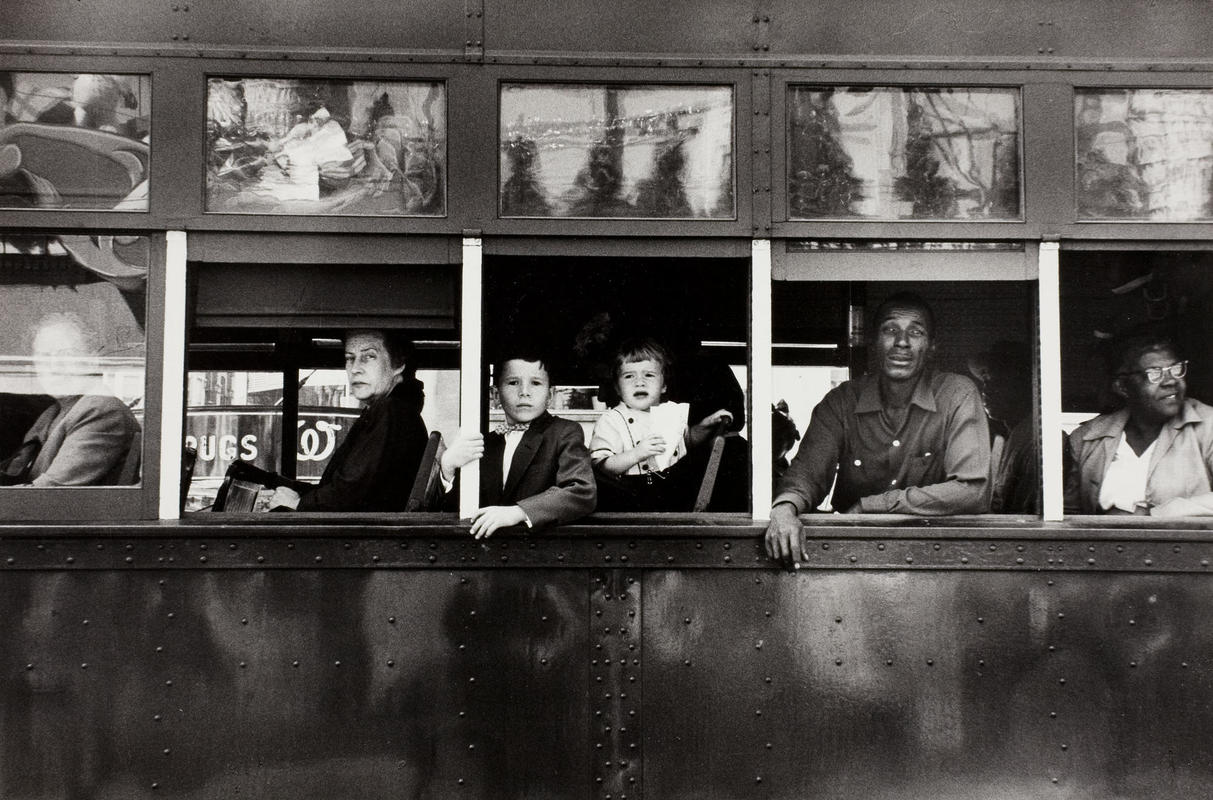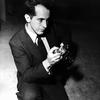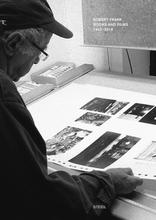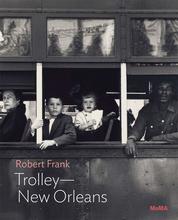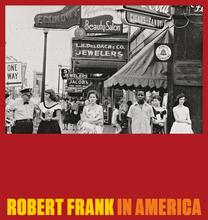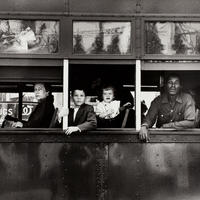More about Trolley—New Orleans
- All
- Info
- Shop

Adjunct Instructor, Forsyth Technical Community College
Trolley—New Orleans is Robert Frank’s turbulent, compelling, mid-century American masterpiece.
Often when we think of photographs from the 1950s, we picture the clean, high contrast images of celebrities like Marilyn Monroe and Elvis Presley, or flashy hot rods. Robert Frank’s snapshot aesthetic is a 180 from this usual style. Trolley - New Orleans is the classic image of daily life in mid-Twentieth century America.
A Swiss-born photographer, Robert Frank used his 1955 Guggenheim Fellowship to travel America over two years, documenting what he saw as daily life. When he applied, he wanted to make the one great photograph that would define his career. When he realized the unlikelihood of this goal, he decided to instead make the one great series of his career. He unknowingly did both with his monograph The Americans and this image.
Trolley —New Orleans is a formally composed image that shows Frank’s strengths of shooting off the hip. The photograph features a side view of a trolley bus with riders looking out. The racial and political connotations of the time are evident even on the street. This trolley was segregated, as the white customers are seated in the front and the black customers are seated in the back. The window obscures the view of the first passenger and emphasis is placed on the old woman scowling out the window at Frank. The children are in the center of the frame, looking out with almost confused or concerned expressions. The Black man looks out with a solemn, rather pained look towards Frank, visualizing the drain of the racial equality fight. The Black woman on the right looks away, engaging more with the outside world. The intensity of this photograph represents the fiery upheaval of social, political, and racial culture in America during this era.
Frank's monograph The Americans features photographs not of the idealized version of American freedom, but of reality in the United States. Frank made these images as an outsider but acknowledged his own perspective, privilege, and exclusion from the culture. A feeling of desperation and loneliness hangs over the images, stemming from Frank’s direct approach, underexposed images, and view of an outsider looking in. In a letter to his parents, Frank said, “America is an interesting country, but there is a lot here that I do not like and that I would never accept. I am trying to show this in my photos.” His images give viewers a reality check of life in America.
Sources
- Gallun, Lucy. Robert Frank: Trolley - New Orleans. New York: Museum of Modern Art, 2021.
- Thoet, Allison. “The One Robert Frank Photo That Might Best Capture America.” PBS News Hour. Public Broadcasting Service, September 10, 2019. https://www.pbs.org/newshour/arts/the-one-robert-frank-photo-that-might….
- Lubow, Arthur. “A Portrait of America That Still Haunts, Decades Later.” New York Times, June 12, 2020.

